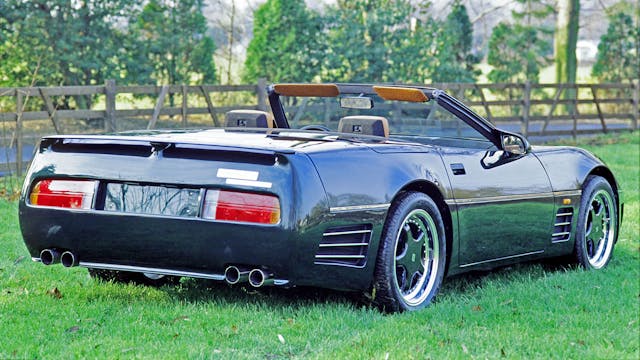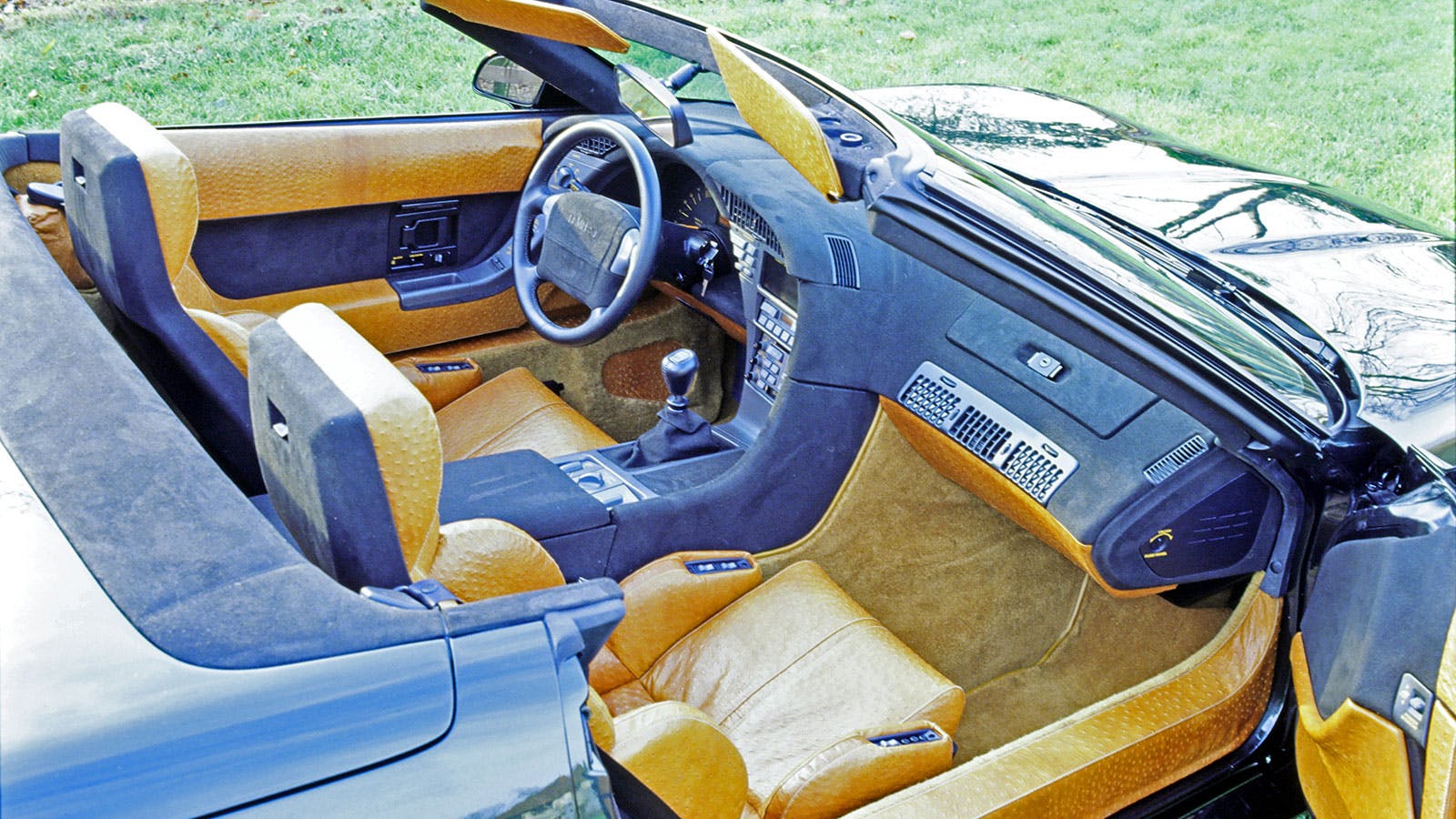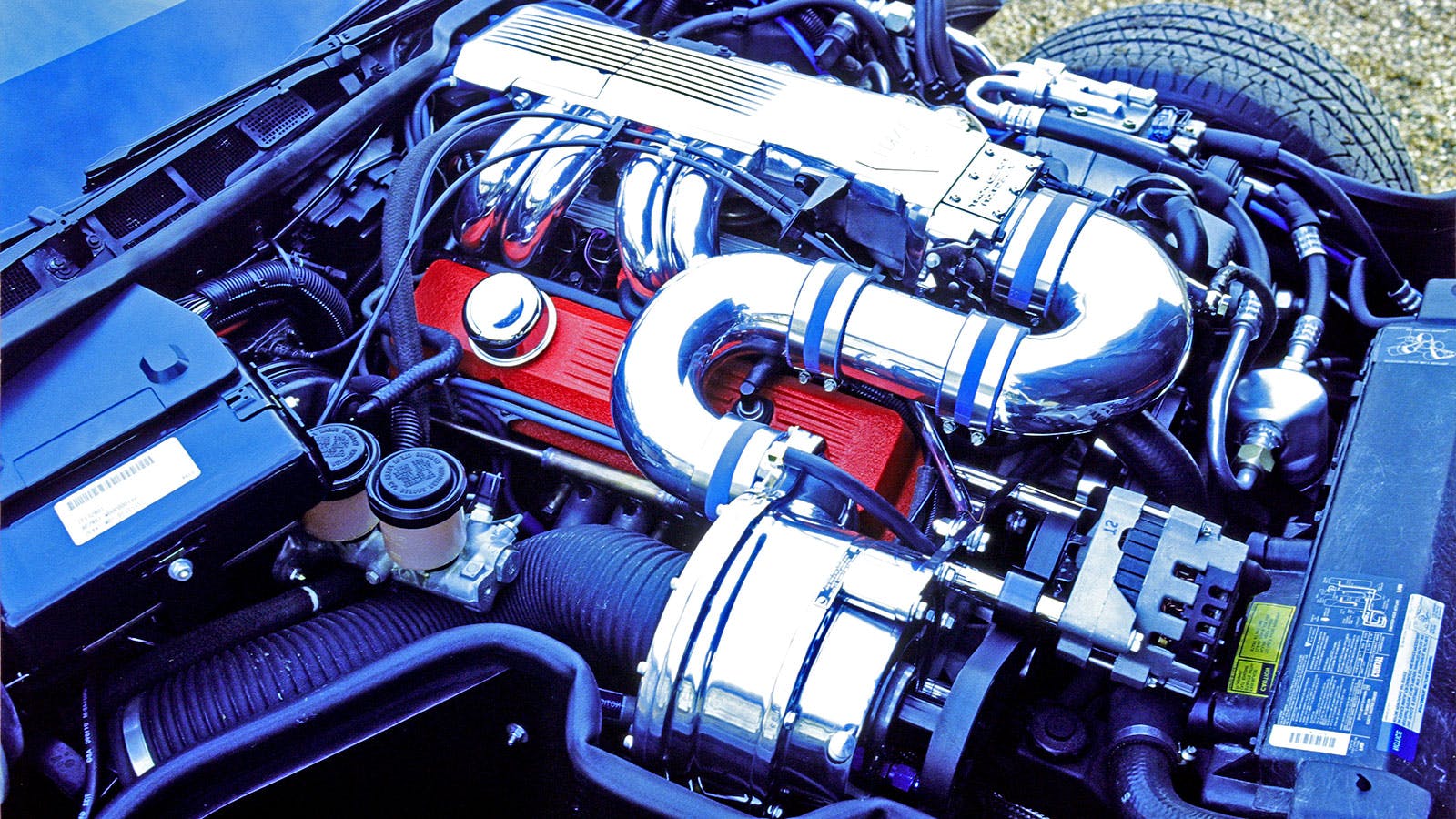Jankel Tempest: The Corvette-based Brit that time forgot
In the late 1980s there didn’t seem to be any shortage of money, and with the global economy on a major high, a whole raft of ultra-luxurious cars appeared one after another. When boom turned to bust as the ’80s became the ’90s, most of these projects bit the dust. One, however, somehow weathered the storm: the Jankel Tempest.
Based on the C4 Corvette and unveiled in December 1990, the Tempest was the brainchild of Panther Westwinds founder Robert Jankel. By this point Jankel had sold Panther after the company had gone bust several years earlier, and his focus now was on running Robert Jankel Design and Le Marquis, two companies that stretched, chopped, and tarted-up all sorts of luxury cars from Mercedes S-Classes to Rolls-Royce Silver Spirits and Bentley Mulsannes.
In 1988 Jankel released the Gold Label, a Bentley-based hyper-luxury coupe that was priced at a not-insignificant £450,000. While Jankel’s client base was ultra-wealthy, at this price even the oil sheikhs weren’t lining up to buy. What was needed was something really fast, luxurious and stylish—but significantly less outrageously priced. The answer lay in re-bodying a C4 Corvette, calling it the Tempest, and charging a mere £121,000 for it.

Jankel removed the Corvette’s body shell and fitted a bespoke replacement made of kevlar. It looked sensational but, incredibly, there was no opening trunk lid; instead you had to rummage around behind the two seats to access your luggage. Still, Jankel had paid attention to certain other important things; the press car featured blue neon lighting on the undersides and an interior finished in imitation ostrich skin.
By the time Performance Car tested a Tempest in May 1992, Jankel claimed to have sold 23 examples of his 200-mph supercar, which was also capable of 0–100 mph in just 8.9 seconds, with 140 mph following less than ten seconds later. Jankel’s starting point may have been America’s favorite sports car, but depending on how deep your pockets were, either much, or nearly all of it, was thrown out. If you wanted to go the whole hog you opted for a supercharged 6.3-liter V-8 that was tuned to give 537 hp (530 bhp) and 608 lb-ft of torque. That was supposedly enough to get from 0-60 mph in just 3.3 seconds, although the best that Performance Car could manage was a yawn-worthy four seconds. Of course, the first three gears were all but unusable if there was any trace of moisture on the roads; such was the level of torque on tap.
If you didn’t need quite so much performance, Jankel was happy to flog you a Tempest with a regular 300-hp Corvette LT1 V-8 in the nose, or if you wanted a half-way measure he’d bolt on a supercharger to take it up to 375 hp (370 bhp). This avenue hardly seems worth it.
Stick with the full-fat option and you got a water-injected all-alloy V-8 that sent all of that power to the rear wheels via the same six-speed manual transmission that was used in the Lotus Carlton. Despite the fact that the Tempest could light up its rear Goodyear Eagles (315/35 ZR17s no less) with the slightest prod of the loud pedal, traction control was merely optional—but absolutely necessary unless you had the ability (and reflexes) of Ayrton Senna.
By the end of 1993, Tempest production dried up. It’s thought that about 35 Tempests had rolled out of Jankel’s Surrey factory, virtually all of them exported to the Middle East. There’s at least one that returned to the U.K. though, a car that returned to the road after many years in storage. It’s no doubt a strange sort of flash in the pan, and owners are all but guaranteed to encounter another one by accident.




